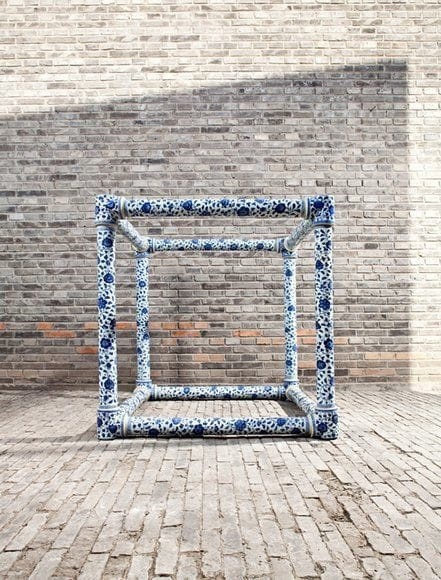Ai Weiwei Porcelain Sculpture Destroyed During Exhibition in Italy; Suspect Arrested
Last Friday evening, an exhibition in Italy featuring Ai Weiwei's blue-and-white porcelain sculpture did not go as planned after a man intentionally went to destroy it.

Ai himself shared the CCTV footage of the destruction on his Instagram, where a man was seen purposefully stepping into the plinth, which held the 'Porcelain Cube,' and pushing it to fall and shatter.
According to ART News, a Milan-based newspaper already identified the man as Vaclav Pisvejc, a 57-year-old Czech. Ai's porcelain sculpture was erected in an atrium, just near the gift shop and ticket office of the museum. Security is still investigating how he got in despite the exhibition's 'invite-only' reception.
In the same report, it was shared that the man will be charged with "destruction, dispersion, deterioration, defacement, soiling and illicit use of cultural or landscape assets."
Also Read : Mark Zuckerberg Honors Wife 'Roman Tradition' Style with 7-Foot Statue by Artist Daniel Arsham
Similar Cases During Italy Exhibition
Exhibition curator, Arturo Galansino, told Reuters that they've known Vaclav over the years due to his disturbing episodes in different exhibitions and institutions in Florence.
To be specific, Vaclav has been committing acts of vandalism against artworks. He attacked Marina Abramović in 2018 and painted the word "Censored" onto his body while climbing on top of the Hercules and Cacus statue. Both happened in in Florence.
In response, Ai can only hope that the Czech man did not hurt himself in the process of destroying his art.
The Porcelain Cube is currently removed from its original place and is already covered to avoid further damage. However, it will be replaced by its picture, while still an unbroken sculpture, in the atrium as the exhibition continues until May 2025.













